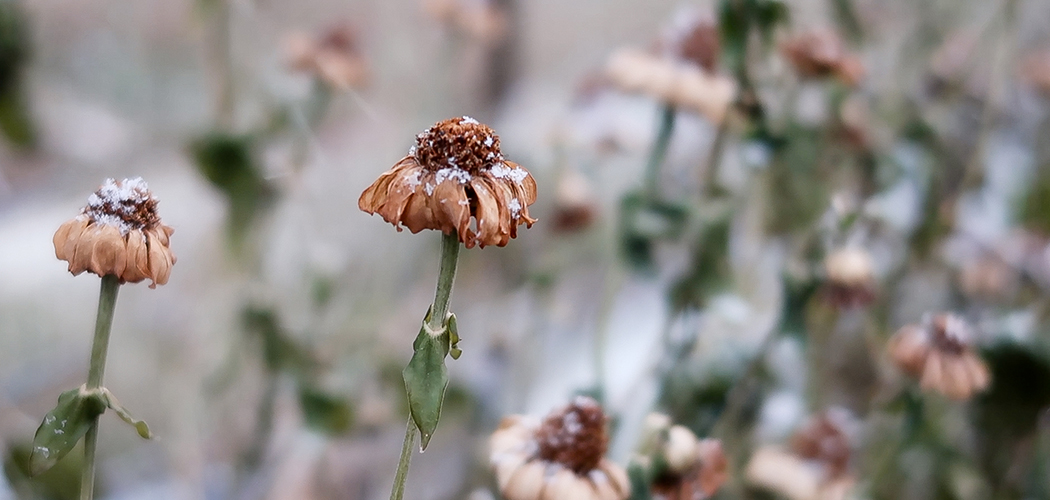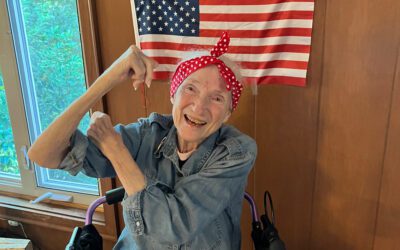[title subtitle=”words and images: Jessica Sowards “][/title]
I have never, ever liked January. I don’t like the way it gets dark before dinnertime or the layers of clothes required to keep my kids from getting sick. I don’t like the fact that somehow, they always end up sick anyway. I don’t like the dead garden, and I don’t like having to kick in the layer of ice on the goats’ water trough three times a day. I don’t like being cold. No, let me rephrase that. I hate being cold.
I was made for summer. I was made to have my bare feet in the grass and my hands in the soil. I was made for the sun to kiss my shoulders, and to stay out in the dusky light until time to bathe and head to bed. So, naturally, January feels something like torture to me. In the past, if I could have boycotted Januaries, I would have. If I could have hibernated, I would have. But instead, I’ve trudged through the gray and icy months of the dead of winter with great disdain for the whole lot of it. I’ve fought off seasonal depression and immersed myself in seed catalogs. I’ve survived on my dreams for the summer and held myself together until the Bradford pear tree in the backyard set her blooms, promising the end of winter was near.
My husband’s mom died last September. It was unexpected. She was only sixty. I knew her for years before I ever laid eyes on her son. I called her friend before I ever called her Mom. She lived next door to us and was one of the biggest supporters of our dreams.
Losing her was a cloud that covered the sunshine. Even with strong faith and a death-grip on eternity, her absence sent my heart reeling. Two weeks after she died, my fall planting of sunflowers bloomed in the garden. I’d planted them at her request, and the cheerful hope of their blooms was so far away from how I felt inside.
Through October, as the world filled up with burning bushes, and the trees donned their crimson and gold attire, I was a bystander. Usually, I burned with passion in the fall. Usually, I found myself flowing with poetry in response to their beauty. But this year, I was unmoved. The warmth of October wasn’t enough to bring fire to my sadness.
The night before the first frost came, I sat in my garden until after dark. I knew the freeze would come and kill every sunflower and turn every bright and vibrant zinnia brown. I knew the basil would fold and the beans would wilt the moment they thawed. It was the last garden I would ever have that she helped me plant, and I could no more stop its death than I could stop hers.
I thought I would be undone by it. I thought that the gray barrenness of winter would certainly be more than I could bear. If I had always struggled with those months before, how could I survive them with such a heavy heart? But something happened that I was not at all expecting.
The Bradford pear tree, the very same one that yearly announces the imminence of spring, stands right next to the gate leading into the backyard. And in the Januaries of years past, as I toted boiling water to the animal’s troughs, she stood sentry. There in the middle of the yard, so set apart from the woods surrounding my home, I’ve always felt she seemed a little exposed in winter, a little naked. But she has always stood proudly with her arms raised as if her nakedness was an opportunity to display her form. When I shook and trembled in the cold, she has remained unbothered.
I’ve passed beneath her branches countless times before and mumbled my grievances where only she and the goats can hear. I’ve imagined her laughing at my dismay. I’ve imagined her mocking my frailty and my hatred of January. But this year, I found a newfound comradery with the pear tree.
The garden died, just as I knew it would. It wilted and faded. The flowers hung their brown heads. The color fell away from the branches in the forest. The grass turned a dull gray-brown, and an ever-present lull hung overhead in the clouds. The Bradford pear held onto her deep red leaves longer than the rest of the trees, as she always does, but eventually, they too fell away.
The dead garden felt like an altar draped with mourning cloth. The bare pear tree felt like a picture of my heart, stripped and sad but still beautifully resilient. And I learned her secret. The pear tree knows that spring will always, always come again. She doesn’t fall apart even when the icy fingers of winter dress her in white. Because of her deep and unseen roots, she is a picture of strength.
Somehow, in a way it never had before, the season of things dying away brought an immense comfort to me. Instead of being tortured by it, I was reminded that death and loss are a part of the cycle we must walk through in order to live. I was encouraged to grow deeper and stand stronger.
When the snow came, I stood in
the garden and cried with relief.
The silence of the snow falling on dead flowers I’d planted for my mom and friend moved my heart. The beauty of it all left me speechless,
and I just took it all in wonder. It
was as if the season I’d always hated had come to my rescue, painting a picture of beauty in pain, assuring
me that I was going to be okay.
The garden will grow again. The trees will cover their naked arms with the fashions of spring. I’ll plant sunflowers year after year, and they will always make me think of her. And I will embrace January. Because, of all the pictures of hope that spring brings, I think January brings its own promise. January comes wrapped in gray and void of warmth, but in it lies a message that even in loss and mourning, there is beauty and a promise that there will be life again.




